Moe Natsu Uchijima: From a rising Japanese star to a dark horse in Madrid
Madrid 2025 WTA1000 undoubtedly one of the most high-profile tournaments of the season. In this clay feast, the 23-year-old Japanese player Moe Natsu Uchijima defeated a strong opponent as a dark horse and reached the quarterfinals of the 1000 tournament for the first time, becoming another key figure in Japanese tennis after Naomi Osaka. The previously unknown player not only broke his career record with a stunning performance, but also showed the world the potential and resilience of Asia's new generation of players. This article will analyze her growth background, career breakthroughs, technical characteristics and future prospects.
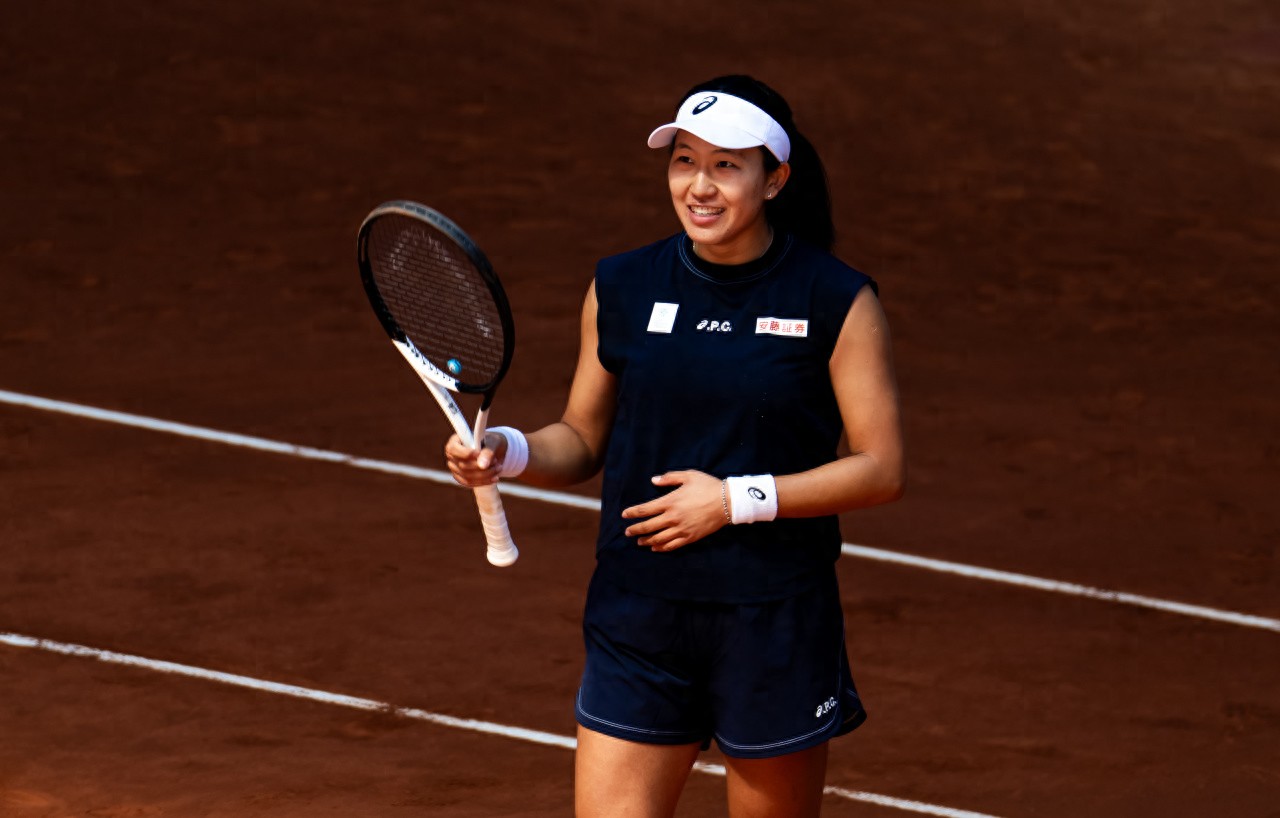
Born on August 11, 2001, Moematsu Uchijima showed a keen interest in tennis as a teenager. In 2017, she made her professional debut in qualifying for the WTA 250 and WTA 500 events in Tokyo, where she failed to qualify for the main event, but gained valuable experience. In 2018, she partnered with Rina Hayashi as a wild card to participate in the doubles of the Japan Open, officially starting her professional journey.
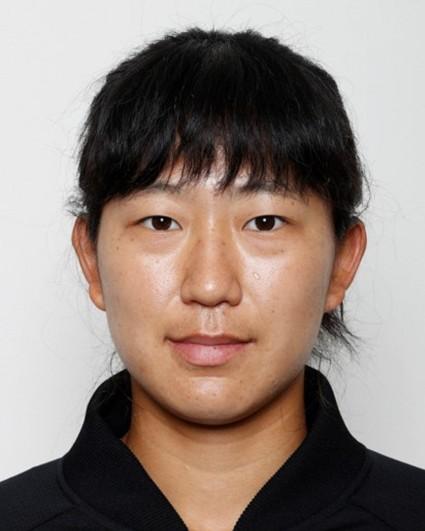
In the early days, Uchijima mainly competed in ITF Tour events, and gradually built a solid foundation for competition. As of July 2024, she has won 13 ITF singles titles and 11 doubles titles, peaking at 68th in the singles world rankings. In the 2022 French Open qualifiers, she made her Grand Slam debut by defeating China's Yuan Yue, and defeated Top 50 player Martic at the WTA 250 Monastir in the same year, gradually attracting attention.
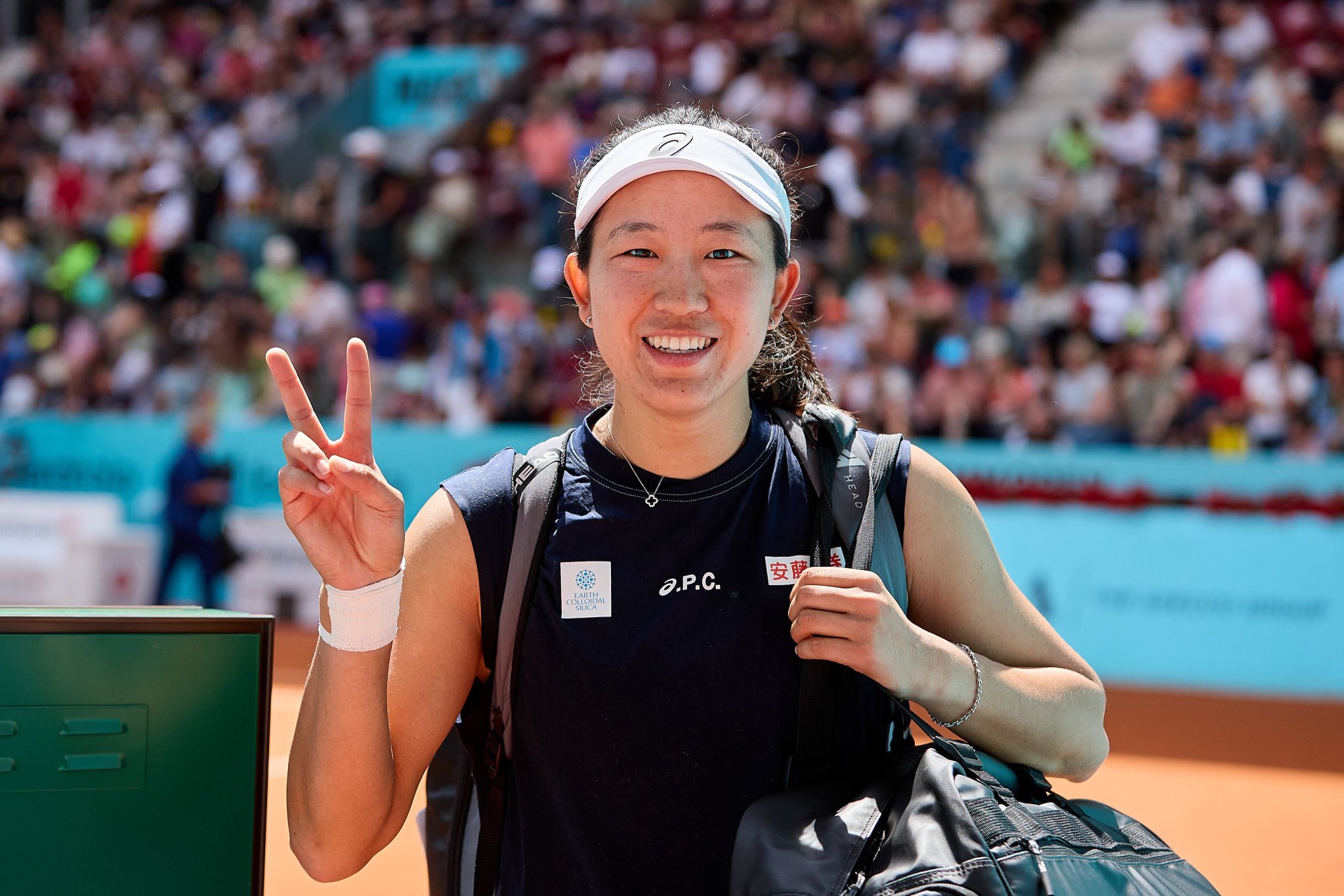
In the third round of Madrid, Moestsu Uchijima swept the No. 3 seed and world No. 3 American Pegula 6-3 6-2, becoming one of the biggest upsets of the tournament. In the game, she once won nine games in a row, showing strong psychological quality and bottom-line suppression. The victory was not only her first career win over a top 10 player, but also made her another bright spot in Asian tennis after Zheng Qinwen.
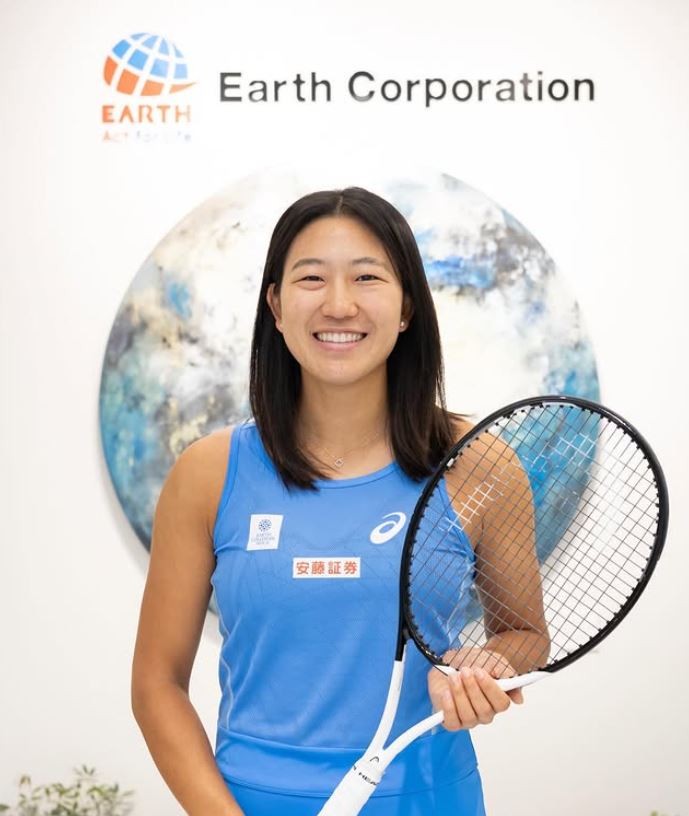
In the fourth round, Uchijima continued her hot form, beating No.21 seed Alexandrova 6-4 7-6(5) to reach the quarterfinals of the 1000 tournament for the first time in her career. In this battle, she relied on accurate flat volleys and flexible tactical adjustments to defuse her opponent's strong serve. She now becomes the first Japanese player to reach the quarterfinals in Madrid since 2019 and will be ranked in the top 50 for the first time in the world rankings.
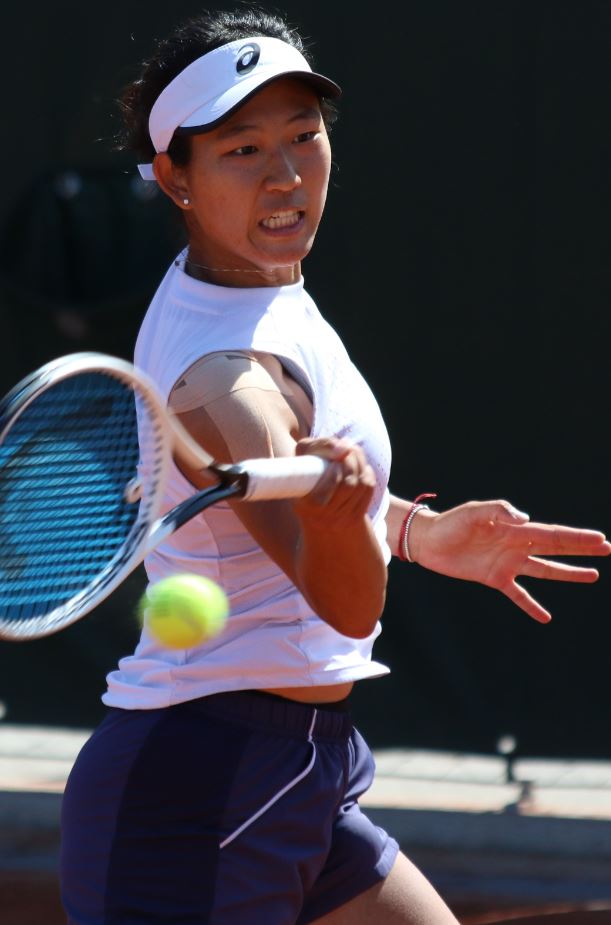
Uchijima's rise is inseparable from her unique technical style: first of all, she has a good ability to press the baseline, her forehand flat is very penetrating, especially on clay, and she can move opponents from wide angles to create scoring opportunities. Psychologically, in battles such as the reversal of Kareem Abdul-Jabbar and the match point win over Kenin, her calm performance on key points far outperformed her peers. Finally, in terms of tactical flexibility, she showed her ability to read the game by changing the tempo and landing points to disrupt the opponent's defensive system against Pegula. However, her serve is relatively lacking in power and has a high number of double faults, which may be the focus of future technical improvements.
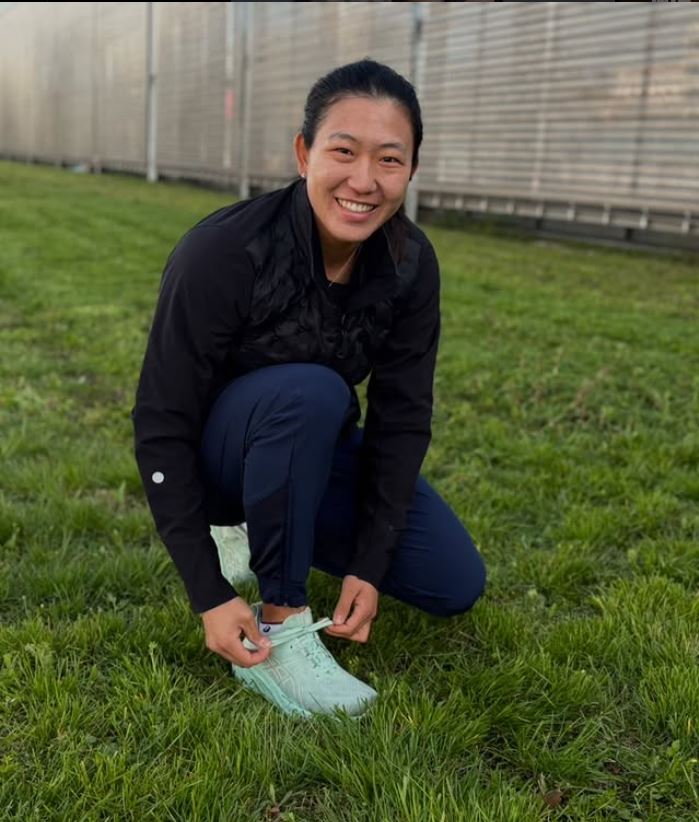
With Naomi Osaka's form fluctuating, the battle for the leader of women's tennis in Japan has intensified. After the Madrid match, Moe Nao Uchijima surpassed Naomi Osaka (1024 points) with 1,055 points and topped the top of Japan's first sister for the first time. With a 31-point gap between the two, Osaka could still overtake the two via WTA 125 Saint-Malo if Uchijima fails to go any further. This competition is not only about individual accolades, but also reflects the diversity of Asian tennis. In recent years, the rise of Chinese players such as Zheng Qinwen and Wang Xinyu has formed a competition pattern of "new Asian forces" with the inner islands, breaking the monopoly of traditional European and American players.

Moe Uchijima will face Ukraine's Svitolina in the quarterfinals, who has been in fine form of late, winning nine in a row. If she can continue her consistent performances, she could reach the semifinals of her first career 1000 tournament and build confidence for the French Open. She is currently in the top 50 in the world rankings and could finish in the top 30 by the end of the 2025 season if she can stay competitive in her upcoming tournaments. In addition, improving performance on hard and grass courts will be the key to achieving an all-round breakthrough. As Japan's new "tennis idol", Uchijima's commercial potential is gradually emerging. If she can continue to be exposed in high-level tournaments, she may become another commercial benchmark in Asian tennis after Naomi Osaka.

Uchijima's trip to Madrid is not only a carnival of personal breakthroughs, but also a microcosm of the rise of new tennis forces in Asia. From the ITF arena to the top stage of the WTA, her growth trajectory is a testament to the value of perseverance and hard work. In the future, with the polishing of technical details and the accumulation of tournament experience, the Japanese rising star is expected to write an even more brilliant chapter in the tennis world. As she said in her post-match interview: "This is just the beginning and I believe I can go so far. ” (Source: Tennis Home Author: Xiaodi)







 Links
Links
 Contact
Contact
 App
App


